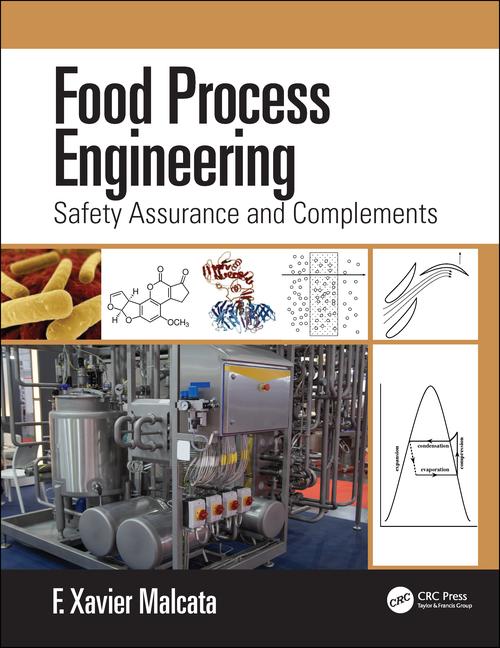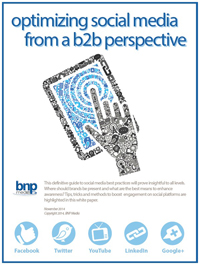Time/temperature monitoring labels add a measure of cold-chain assurance
Tad Pawlowski had a problem with the live lobsters he was shipping to Europe: most of them were dead before they cleared customs.

The quality control director for Lynn, MA-based East Coast Seafood knew someone was dropping the cold-chain ball; The question was, who? His firm delivers thousands of pounds of premium lobsters each day to Boston’s Logan Airport or JFK in New York for transport to customers in Europe, and pinpointing where the problem occurred posed a challenge. The solution: a label with a microchip to record time and temperature was rubber-banded around the claw of one lobster in each batch. Once the shipment reached Europe, colleagues on the ground used inexpensive readers to capture time and temperature data that was then downloaded to an Excel spreadsheet. The file was e-mailed to Pawlowski, who quickly pinpointed the problem: the crustaceans were spending a lot of time on the tarmac at Miami International Airport. Changes were made, and the lobsters lived to see the inside of a boiling pot of French water.
Pawlowski was one of the first users of labels introduced by Boise-ID-based PakSense Inc. in late 2006. He had deployed other temperature monitors, but they were bulky, expensive, and had to be mailed back. “How can I fix the problem if I get the information a month after the problem occurred?” he asks rhetorically.
PakSense’s nano-scale and moderately priced labels soon will be reusable, as well, according to CEO David Light. Other quality indicators such as ethylene gas emissions from ripening produce and vibration may be measured in future versions, but for now the firm is concentrating on flagging temperature spikes. Temperature variances of 30

Live lobsters were dying in transit until East Coast Seafood began tagging shipments with time and temperature monitors. Source: PakSense Inc.
The quality control director for Lynn, MA-based East Coast Seafood knew someone was dropping the cold-chain ball; The question was, who? His firm delivers thousands of pounds of premium lobsters each day to Boston’s Logan Airport or JFK in New York for transport to customers in Europe, and pinpointing where the problem occurred posed a challenge. The solution: a label with a microchip to record time and temperature was rubber-banded around the claw of one lobster in each batch. Once the shipment reached Europe, colleagues on the ground used inexpensive readers to capture time and temperature data that was then downloaded to an Excel spreadsheet. The file was e-mailed to Pawlowski, who quickly pinpointed the problem: the crustaceans were spending a lot of time on the tarmac at Miami International Airport. Changes were made, and the lobsters lived to see the inside of a boiling pot of French water.
Pawlowski was one of the first users of labels introduced by Boise-ID-based PakSense Inc. in late 2006. He had deployed other temperature monitors, but they were bulky, expensive, and had to be mailed back. “How can I fix the problem if I get the information a month after the problem occurred?” he asks rhetorically.
PakSense’s nano-scale and moderately priced labels soon will be reusable, as well, according to CEO David Light. Other quality indicators such as ethylene gas emissions from ripening produce and vibration may be measured in future versions, but for now the firm is concentrating on flagging temperature spikes. Temperature variances of 30
Looking for a reprint of this article?
From high-res PDFs to custom plaques, order your copy today!






